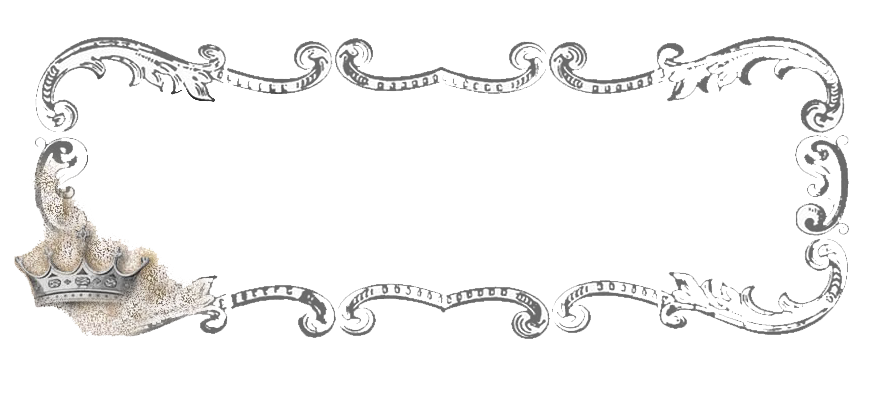CHAPTER 11:
PERCENTAGES

11.4:
Practical Examples
Ø
EXPLANATION:
·
If
you buy something and sell it, the difference between the 2 prices is profit or a loss.
·
When
you buy something you may be offered a discount.
This is a reduction in a
price. It is usually given as a percentage.
·
If
a bank helps you to buy an item, you may have to pay back more than you borrow.
This is the interest that bank
charges.
·
If
you buy something the price may include a tax.
This is called a purchased tax. When
you earn money you may have to pay tax on what you earn. This is called income tax.
Ø
EXAMPLE:
A man earns $45 000 in a year
He can earn $16 000 without
paying any tax.
He pays 24% tax on anything
above $16 000.
a)
Work out how much tax he pays.
b)
What percentage of his income does he
pay in income tax?
a)
45
000 – 16 000 = 29 000
24% of 29 000 = 6960
He pays $6960
b)
(6960 : 45 000) x 100% = 15.5%
EXERCISE
1. A woman
bought an old chair for $240. She sold it for $300.
Work out the percentage profit.
2. A man bought
a car for $15 900. He sold it for $9500.
Work out the percentage loss.
If you buy 6 bottles you can get 10% discount.
Work out how much you save if you buy 6 bottles.




